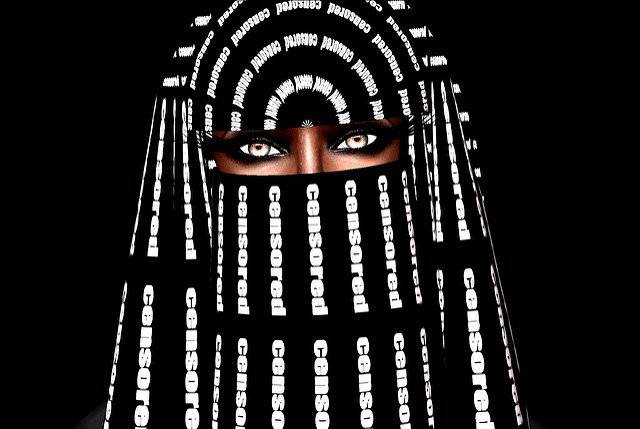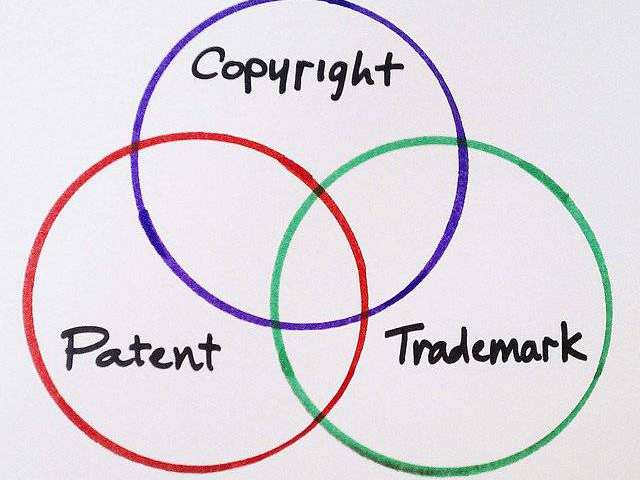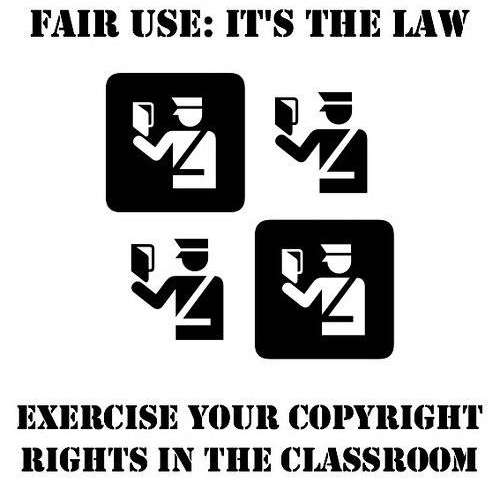
Continued from Part 2, read part 2 by clicking here.
Select Censorship Cases
Religion, Women, Drugs, Decency, public order, Sovereignty and Integrity, all form the basis for CBFC’s decision with respect to Udta Punjab, Had Anhad and Lipstick under the Burkah films. The disputes and controversies around the said films reflect the subjectivity inherent in CBFC’s assessment and judgment. The fact that the Courts reversed all excisions made by the CBFC in two of the cases leads one to conclude that the decision making process of CBFC may not only be subjective, but also arbitrary.
-
Udta Punjab Case[8]
Written and directed by Abhishek Chaubey, Udta Punjab is a Hindi feature film co-produced by Anurag Kashyap’s Phantom Films and Ekta Kapoor’s Balaji Motion Pictures. The film is based on the theme of drug addiction and related menace in the State of Punjab. The film hit the headlines and was centre of controversy after the CBFC asked for numerous cuts, which led to an ugly war of words between the producers and the chairperson of CBFC.
The producers of Udta Punjab, Petitioners in the case, applied to CBFC for film certification on 10th May, 2016 asking for “A” Certificate along with a notification that the film is scheduled to release on 17th June, 2016. CBFC reviewed the film and informed the producers on 24th May, 2016 that it was referred to the revising committee. The revising committee of CBFC reviewed the film on 3rd June, 2016 and sent a letter to the Petitioners on 8th June, 2016. In its communication, CBFC asked the Petitioners to make thirteen excisions in order to certify the film for public exhibition.
Cuts Advised by CBFC
- Delete sign Board of Punjab in the beginning;
- Delete Punjab, Jalandhar, Chandigarh, Amritsar, Tarantaran, Jashanpura, Ambesaw, Ludhiana and Moga from background and dialogue wherever it occurs.;
- From song number 1 delete the word ‘Chittave’ and ‘Harami’ everywhere;
- From song number 2 delete ‘Tom di cock jevhe chitti chitti cock’ and ‘coke cock’ in the entire song;
- Delete Behenchod, Behenchodo, Bund, Tatte, Gandia, Gandu, Laudu, Haramzadi, matherchod, chusa hua aam, kulti, maiyove, kudi chode, lulli, gashti from everywhere including background wherever it occurs;Reg.
- Delete the word ‘Election’, ‘MP’, ‘Party’ from party worker, MLA, Punjab, Parliament;
- From the song no. 3, delete the visuals of scratching/itching side portion by Sardar;
- Delete the close up shots of injecting drugs wherever it appears;
- Delete the shot of urinating by Tommy in front of the crowd;
- Delete the line ‘jamin Banzar te Aulad Kanjar’;
- Delete the name of dog as ‘Jacky Chain’;
- First disclaimer should be audio/video and to be changed as –‘The film focuses on the rising menace of drugs and the war against drugs and is an attempt to show the ill-effects of drugs on today’s youth and the social fabric. We acknowledge the battle against drugs being fought by the Government and police. But this battle cannot be won unless the people of India unite against the menace.’; and
- Increase second disclaimer of fiction according to audio/video.
The producers challenged the CBFC’s decision by filing a writ petition before the Bombay High Court, which in part alleged that the decision of CBFC violates the right to freedom of speech and expression guaranteed under Article 19(1)(a) of the Constitution. The Bombay High Court reviewed the script of the film minutely, but did not watch the film to arrive at its conclusion. The Court deemed watching the film unnecessary in the context of the cuts proposed by CBFC.
After a comprehensive review and analysis of each cut required by CBFC, the Court approved only excision 9, which shows the protagonist urinating in public. On request of the parties, the Court reviewed the disclaimer and asked for removal of reference to India in it. The Court disagreed with the CBFC on all cuts except one. It stated that the excisions proposed by the CBFC were not required in the light of the context and theme of the film, and that CBFC’s conclusion with respect to detriment to decency, sovereignty, integrity and morality were misplaced. Contrary to CBFC’s opinion, the Court did not feel the need to cut out cuss and abusive words, slang, scenes showing drug use, use of place and state names, references to election and politicians, and other scenes.
2. Had Anhad Case[9]
This case relates to four documentary films conceived by Shabnam Virmani, a popular documentary film maker in India. The films were produced by the petitioner, Srishti School of Art, Design & Technology, and are based on the legacy and teachings of the great poet and philosopher, Kabir, who lived in the 15th Century. The documentary films put together the journeys and experiences in search of Kabir in the contemporary.
Out of the four films produced, the CBFC approved three of them without any excisions, but mandated cuts with respect to the fourth film. The producer appealed to the Film Certification Appellate Tribunal, which upheld three of the four excisions mandated by CBFC. Aggrieved, the producer approached the Delhi High Court through a writ petition, and challenged the validity of the cuts.
Cuts mandated by the Board and confirmed by the Appellate Tribunal:
- Use of the phrase “Militant Ram.” For example, “Maybe turning to Kabir was a turning away from Ram…that militant Ram used to stoke Hindu- Muslim hatred in India today.”;
- Discussion about the Babri masjid demolition by showing video compact discs of such demolition; and
- Words contemptuous of the muslim community, expressed by people in conversation in a bus while returning from Wagah border.
After watching the documentary film, the Delhi High Court rejected all three cuts and asked the CBFC to issue a “U” certificate for universal viewing. Dealing with each cut independently, the Court pointed out that the film when seen as a whole does not warrant any cut as excising the film would violate the petitioner’s right to freedom of speech and expression. The film is based on the theme of life of the great poet Kabir, who defied religious differences and wrote poems about his ‘Ram,’ who was beyond any religion. The film tries to raise questions about Kabir’s Ram and provokes thought about social, religious and communal issues. When seen in the context of the theme, the Court pointed out that excising the film would curb expression unreasonably. The Court disagreed with the CBFC ‘s opinion, and held that any cut to the film would dilute and violate freedom of speech and expression.
3. Lipstick under my Burkah Case[10]
This case has already sparked off a debate about the role of CBFC, and will in all probability land up in the Court in due course. Several newspapers reported on 23rd February, 2016 that CBFC refused to issue a certificate for public exhibition of the film Lipstick under my Burkah. The film chronicles secret lives of four women, who try to explore freedom from different perspectives. The film won the OXFAM best film on gender equality at the Mumbai Film Festival, and also won the Spirit of Asia award at the Tokyo International Film Festival. CBFC issued the notice of refusal on 25th February, 2017.
Reasons for Refusal
In the words of the Board, the film was refused certification for the following reasons:
“The story is lady oriented, their fantasy above life. There are continuous sexual scenes, abusive words, audio pornography and a bit sensitive touch about one particular section of society. Hence film refused under guidelines 1(a), 2(vii), 2(ix), 2(x), 2(xii) and 3(i). “
The one paragraph rejection to certify the entire film by the CBFC is conclusory and devoid of any reasoning about how and why it arrived at the said conclusion. The least a producer deserves when a decision to deprive an important right such as free speech and expression is a justification and explanation of why and how the CBFC arrived at the conclusion, and how it fits into the permissible restrictions. The notice of the CBFC confirms the subjective use of discretion and illustrates the inadequacies in the current system under the Cinematograph Act.
The CBFC certifies numerous films, and most of them pass through without much trouble, and only a few of its decisions are disputed. In a system based on not so clear principles, which are subject to differences in opinion, one or two errors are bound to occur. But, the question is not about perfecting the system, but whether a subjective mechanism driven by individualistic opinions and machinations can be allowed to abrogate an important fundamental right?Two committees have been constituted by the Central Government during the last five years to address this question among others, and make appropriate recommendations.
Authored by Dr. Kalyan C. Kankanala, Senior Partner and Chief IP Attorney, Banana IP Counsels. The author can be reached at [email protected]
References
[8]Phantom Films Pvt. Ltd. and Ors. vs. The Central Board of Film Certification and Ors., Writ Petition (L) No. 1529, 2016 (HC of Bombay).
[9]Srishti School of Art, Design & Technology v. The Chairperson, Central Board of Film Certification & Anr., March 9, 2011. (HC of New Delhi), available at https://indiankanoon.org/doc/171639/
[10] Refusal Letter by CBFC can be accessed at: https://www.thequint.com/bollywood/2017/02/23/cbfc-wont-certify-the-film-lipstick-under-my-burkha-director-alankrita-shrivastava-reacts, last visited on 20.03.2017;
“Censor Board refuses to certify ‘Lipstick Under My Burkha’, The Hindu, dated 23rd February, 2017
Available at: http://www.thehindu.com/entertainment/movies/censor-board-refuses-certificate-to-lady-oriented-lipstick-under-my-burkha/article17353939.ece
Image source / attribution here, Creative Commons attribution CC BY-SA 2.0





